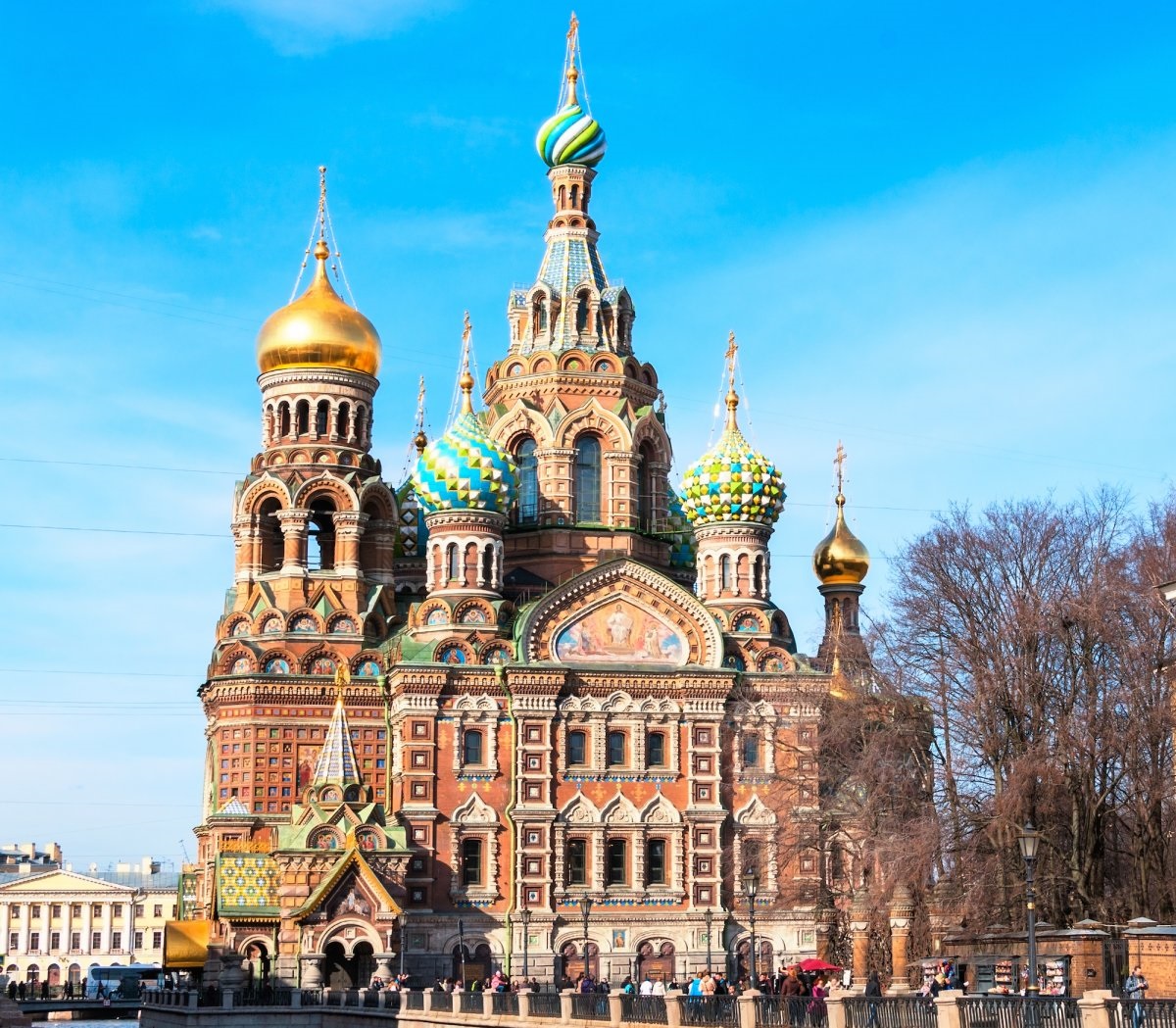
The Ellipsis: A Pause, an Omission, an Invitation In the realm of written language, the ellipsis (…), also known as suspension points, holds a unique and enigmatic position. It is a typographical device that signifies an intentional pause, omission, or a hint of something left unsaid. A Pause: Like a musical rest, the ellipsis creates a brief suspension of time in written expression. It invites the reader to pause, to consider what has been said before and to anticipate what might follow. This pause can add suspense, emphasis, or a sense of uncertainty to a sentence. For instance: “She stood there, her heart pounding wildly… and then, with trembling hands, she reached out.” An Omission: The ellipsis can also indicate the omission of words or phrases that are implied or easily inferred. This omission helps to maintain brevity, create tension, or leave room for the reader’s imagination to fill in the blanks. For instance: “I love you… more than words can say.” “I’ll never forget that moment… ever.” An Invitation: The ellipsis can also function as an invitation to the reader to complete a thought or to reflect on the implications of what has been written. It suggests that there is more to the story, more to be revealed. For instance: “But what if… everything we know is wrong?” “The truth is… sometimes it’s better left unspoken.” Using the Ellipsis Effectively: * Use sparingly: The ellipsis should be used judiciously, as overuse can become distracting or ambiguous. * Consider the context: The meaning of the ellipsis can vary depending on the surrounding text. * Avoid ambiguity: Ensure that the omitted material is clear from the context to prevent confusion. * Experiment with spacing: The amount of spacing between the dots can convey different nuances, such as a pause (three dots with no spaces) or a more emphatic omission (three dots with spaces). Conclusion: The ellipsis is a powerful tool in the writer’s toolbox. It can create suspense, emphasize important points, hint at deeper meanings, and invite the reader to participate in the storytelling process. By wielding it with care and precision, writers can craft written works that resonate, intrigue, and leave a lasting impression.Dots of EllipsisDots of Ellipsis ‘.’..’ is a punctuation mark known as an ellipsis, which signifies an omission or break in thought. It consists of three periods (…) and is typically used in writing to indicate: * Omission: – “The novel begins with a chilling sentence: ‘He was alone, utterly alone…'” (Ellipsis indicates the omission of a portion of the sentence.) – “The list goes on… including apples, oranges, bananas, and more.” (Ellipsis suggests the continuation of a list.) * Incomplete Thought: – “I don’t know… I’m not sure…” (Ellipsis conveys hesitancy or uncertainty.) – “The future is bright… or so I believe.” (Ellipsis leaves the thought open-ended.) * Emphasis: – “The wait seemed endless…” (Ellipsis intensifies the sense of waiting.) – “He was… a monster.” (Ellipsis dramatizes the revelation.) * Suspension: – “Turn around… and you’ll see…” (Ellipsis builds suspense or anticipation.) – “I’m not going to tell you… yet.” (Ellipsis creates a sense of mystery.) Usage Guidelines: * Spacing: There should be a single space before and after the ellipsis in most cases. * Capitalization: The first letter after the ellipsis is capitalized if the original text was capitalized. * Multiple Ellipses: Do not use more than three periods for an ellipsis. * Avoid Overuse: Ellipses should be used sparingly to maintain clarity and avoid confusion. Example Uses: * “The book was a masterpiece… one that will stay with me for a long time.” * “He had always been there for me… or so I thought.” * “I can’t believe it… he’s really gone.” * “The storm raged on… its fury unabated.” * “What if… I told you something that could change everything?”
COVID-19 Vaccine Rollout Faces Challenges The rollout of COVID-19 vaccines has encountered numerous challenges, including supply shortages, distribution delays, and hesitancy among the public. Many countries are facing significant shortages of vaccines, particularly in developing nations. This is due to a limited number of manufacturers and high demand for the vaccines. Distribution delays have also occurred due to logistical issues, such as transportation and storage requirements. These delays have slowed the pace of vaccination campaigns. Furthermore, public hesitancy remains a major obstacle to vaccination efforts. Misinformation and mistrust have led some people to refuse vaccines, hampering efforts to achieve herd immunity. Economic Recovery Stumbles Amid Omicron Surge The global economic recovery has been dealt a blow by the emergence of the Omicron variant of COVID-19. Omicron’s high transmissibility has led to a surge in infections, prompting governments to impose restrictions on travel and business activities. The resulting disruptions have slowed economic growth, with many businesses reporting a decline in revenue. Unemployment has also increased as companies have been forced to lay off employees. Economists are concerned that the Omicron surge could prolong the economic crisis and delay the recovery. Climate Change Impacts Intensify The impacts of climate change are becoming increasingly evident worldwide. Rising sea levels are threatening coastal communities, forcing residents to relocate and rebuild. Extreme weather events, such as heat waves, droughts, and floods, are becoming more frequent and intense. These events are causing widespread damage and loss of life, as well as disrupting infrastructure and livelihoods. Experts warn that climate change needs to be addressed urgently to mitigate its devastating effects.
Posted inNews